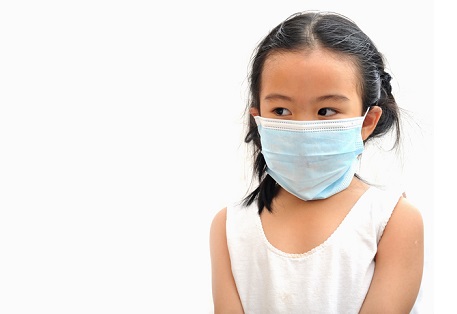
It is common knowledge that that a human baby’s brain is not fully developed at birth, and that rapid brain development occurs in the first few years of life before steadying into childhood and adolescence.
As such, the bio-developmental impact of exposure to severe forms of stress and trauma is not immediately visible.
However, abuse, neglect, poverty and related stressful exposures can put children at risk for problems with healthy cognitive, social and emotional development, which can interfere with their learning.
According to Shanta R. Dube, an associate professor at Georgia State University's school of public health, said research shows these adverse childhood experiences not only contribute to health outcomes, but impacts adult educational attainment.
Associate professor Dube said that in order to effectively address education as a social determinant of health, learning environments must include staff with knowledge about trauma and its symptoms.
“Most importantly, the school ecosystems, which are comprised of the schools’ staff, must be prepared and able to provide children, and each other, safe, supportive and trusting environments,” Dube said.
“Thus, creating effective solutions will require a multigenerational approach – those that not only focus on the children affected, but also on adults.”
What is the research telling us?
Associate professor Dube said the fields of public health and education are “learning a great deal more” about how childhood adversities can negatively impact educational success, a social determinant of health.
“Given all we know about the impact of toxic stress on the developing brain of children, more attention is needed on children’s education and learning in the context of adverse life experiences,” she said.
“To address education as a social determinant of health, ensuring children’s successful and positive educational experience while they are still young requires increased awareness of the widespread but hidden problem of childhood adversities and their impact on learning.”
Associate professor Dube said childhood traumatic stress from violence, abuse, corporal punishment and neglect contribute to educational outcomes such as excessive absenteeism, school dropout and school performance.
“Problems with emotional regulation that result from maltreatment can also interfere with positive learning, class attendance, and problems with language development and communication,” she noted.
“Educational neglect requires more attention from the field. It is a form of maltreatment that lacks sufficient studies to fully understand why it occurs and how it can impact children’s ability to learn and educationally succeed.”
Older students are also at risk
Associate professor Dube said college-aged students who have a history of childhood trauma may also encounter difficulties with post-secondary education.
“Children who have been through the foster care system are particularly at high risk,” Associate professor Dube said.
“Family-school partnerships and school connections are especially important factors that can promote their learning in the face of adversities.”
Associate professor Dube said both education and public health must work together to effectively promote and foster positive learning environments for all children.
“Utilizing principles and strategies of trauma-informed care is a movement that is rapidly sweeping across schools. A recognition that education is a key indicator of well-being can help bring in focus the true nexus of education and health,” she said.
“Childhood stress and trauma is a public health crisis. As a society, we must recognize that shame and secrecy keep it a hidden problem.”
Associate professor Dube said that unlike infectious diseases, trauma cannot be sanitized, vaccinated against or treated with antibiotics.
“Therefore, to promote well-being across the lifespan, we must collectively invest in meeting the needs of future generations,” she said.
The original version of this article was published in The Conversation.


